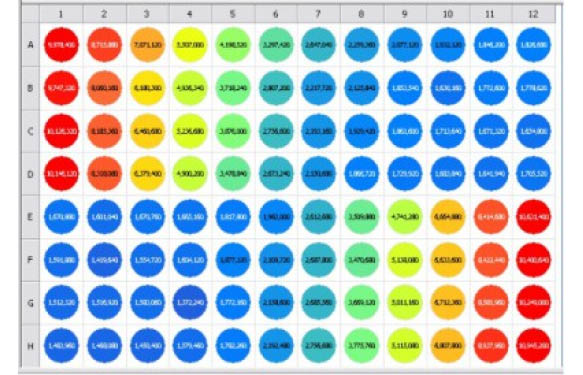Polyethylene Glycols (aka. PEGs) are biologically inert, non-immunogenic, and hydrophilic molecules. These properties make them very attractive for research and drug discovery applications (ex. Antibody-Drug Conjugation, imaging, enzymatic detection). The aim of this post is to introduce recent developments in the field of PEG technology provided by BroadPharm.

PEGs are oligomers or polymers of ethylene oxide (structure see Fig 1). PEGs can be produced over a wide range of molecular weights (from 300 g/mol to 10,000,000 g/mol) to exhibit different physical properties according to chain length effects.
The process of adding PEG to biomolecules (peptides, proteins, and antibody fragments) is referred to as PEGylation. PEGylation can alter physiochemical properties of the molecules such as conformation, electrostatic binding, hydrophobicity, binding affinity and finally absorption and distribution patterns of drugs.
Thus PEGylation can increase systemic retention of therapeutic agents.

PEGylation in drug discovery applications
As mentioned above PEGylation can have a positive impact on drug delivery processes as it can:
- Improve drug solubility
- Reduce dosage frequency without diminished efficacy with potentially reduced toxicity
- Extend circulating life
- Increase drug stability
- Enhance protection from proteolytic degradation
PEGs linkers in bioconjugation
PEGs are also used as versatile biochemical linkers between 2 biomolecules, they are ideal tools to:
- Label a biomolecule of interest to conveniently track and detect it (e.g., imaging)
- Link two biomolecules to form a new therapeutically active complex combining biological properties of each component (e.g., Antibody-Drug Conjugates – Fig. 3))
- Be used for catalysis & chemical modification
Where to find an innovative and novel PEG technology for your research programs ?
tebu-bio have selected Broadpharm for their wide variety of high purity and unique PEG linkers compatible with advanced bio-labeling and bioconjugation. As an illustration, BroadPharm provide a smart range of ADC Conjugation Linkers:
- Amine Reactive (ex. Bis-PEG-acid, Bis-PEG-NHS, Boc-PEG, Fmoc-PEG, PEG Acid, PEG Aldehyde, PEG NHS ester, PEG Phosphonate, PEG PFP ester, PEG Tosylate)
- Biotinylation (ex. Biotin PEG) and Branched PEG
- Carbonyl Reactive (ex. Aminooxy-PEG)
- Carboxyl and Active ester Reactive (ex. Amine PEG)
- Click Reagents (ex. Alkyne PEG, Azide PEG)
- Copper Free Click Chemistry (ex. DBCO-PEG, BCN-PEG)
- Cu-catalyzed Click Chemistry (ex. Propargyl-PEG)
- Fluorescent PEG Labeling and Homobifunctional Reagents (ex. Bis-PEG-acid, Bis-PEG-NHS, Bis-PEG-PFP, Bis-Propargyl-PEG, Amine-PEG-Amine, Azido-PEG-azide, Bromo-PEG-bromide)
- Lipid PEG, Metal Surface Binding and Thiol Reactive (ex. Thiol PEG, Bromo-PEG, Mal PEG)
To get a global overview of this unique and specialized PEGylation offer, you might browse tebu-bio’s web site or leave me a message below.
 Interested in learning more about tools like this?
Interested in learning more about tools like this?
Subscribe to thematic newsletters on your favourite research topics.




